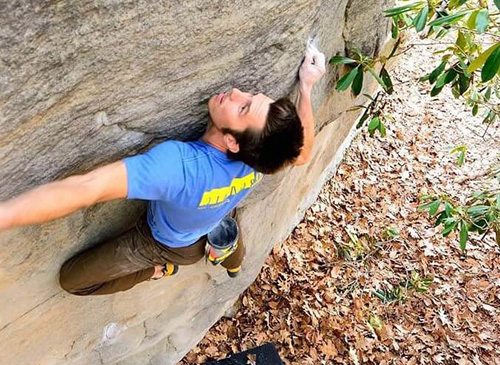By Holly Riddle

You don’t need to be a mechanical engineering professor like Penn State’s Dr. Bo Cheng to recognize that hummingbirds contrast significantly with their avian relatives. The smallest of bird species, hummingbirds flit and dart their way from food source to food source in a way no other bird can. Flying backward, forward and upside down at speeds of up to 45 miles per hour, hummingbirds are the only vertebrae capable of hovering for a period of time during flight — and that’s exactly why hummingbirds have inspired modern aerial vehicles like drones.
Unfortunately, these modern aerial vehicles still have a long way to go to catch up with the biological superiority of the tiny-but-mighty hummingbird. However, Dr. Cheng’s recently published research provides new insights into how hummingbirds’ unique wing movements could be robotically replicated, making for more agile, stable and efficient aerial vehicles.
Dr. Cheng and his team reverse-engineered the hummingbird musculoskeletal system to create a model that simulates hummingbird flight motion, and found that hummingbirds’ primary muscles pull the birds’ wings in three directions, while the birds use multiple smaller muscles to tighten their shoulder joints.
In a Penn State release, Dr. Cheng detailed the findings: “It’s like when we do fitness training and a trainer says to tighten your core to be more agile. We found that hummingbirds are using [a] similar kind of mechanism. They tighten their wings in the pitch and up-down directions but keep the wing loose along the back-and-forth direction, so their wings appear to be flapping back and forth only while their power muscles, or their flight engines, are actually pulling the wings in all three directions. In this way, the wings have very good agility in the up and down motion as well as the twist motion.”
“State College is by far the best college town that I’ve ever lived in. It’s a great place to focus on research, raise young children and explore the wilderness.”
HappyValley Industry recently caught up with Dr. Cheng to learn more about his work, what it means for industry and why he chooses to live and work in Happy Valley.
What is your research topic and why is it important on a global scale?
This research reveals how hummingbirds use their flight muscles to generate wing motions and the underlying fundamental principles, which can inform robotics on how to properly mimic hummingbird flight.
Both researchers and [the] general public are very impressed by the unique flight abilities of hummingbirds, in terms of both hovering capability and their agile maneuvers. Understanding and mimicking how hummingbird[s] fly and control their flight can potentially transform the design of aerial vehicles.
How do you envision your research impacting/changing your industry?
This research can be potentially used to improve the drone technologies in the future, in terms of improving flight agility, stability and efficiency.
What inspired you to follow this line of research?
This is a no-brainer. Hummingbirds are arguably the most agile fliers in nature, and state-of-the-art drone technology is far behind researching hummingbird-level flight performance.
Why did you choose to conduct this research at Penn State specifically?
Penn State is a world-renowned research institution that attracts many talented faculty members and students. Here, I can recruit talented students [from] all around world and find world-class collaborators.
Would you encourage other researchers to make their home in Happy Valley? If so, why?
State College is by far the best college town that I’ve ever lived in. It’s a great place to focus on research, raise young children and explore the wilderness. It is also not too far from the major cities on the East Coast.
Do you know a researcher who would be a great fit for our HappyValley Industry 5 Questions with a Happy Valley Researcher series? Let us know!





